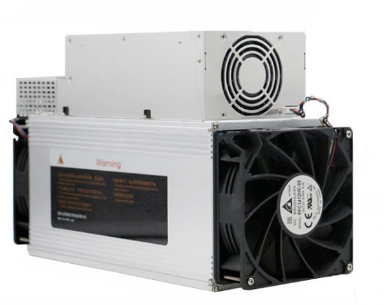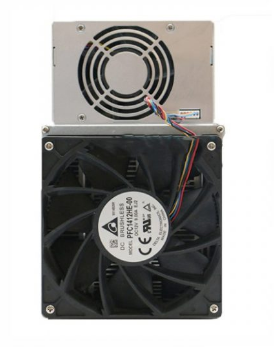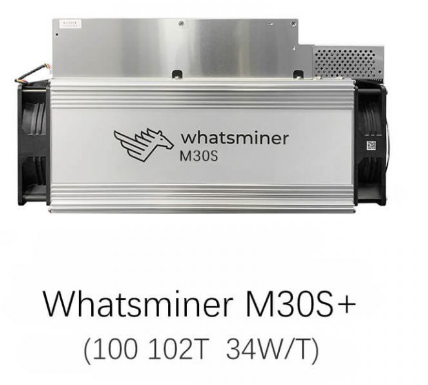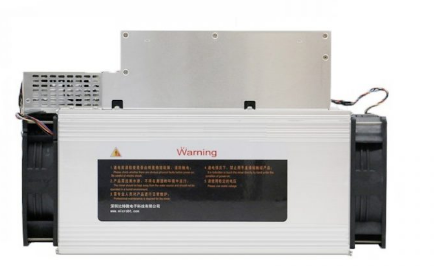WhatsMiner M30S+ parts replacement guide for professional miners
WhatsMiner M30S+ Parts Replacement Guide for Professional Miners
Cryptocurrency mining is a demanding industry where efficiency, reliability, and uptime are critical to profitability. The WhatsMiner M30S+ has emerged as a top-tier ASIC miner, offering exceptional performance and durability for Bitcoin mining operations. However, even the most robust equipment requires maintenance and occasional parts replacement to ensure optimal performance. This guide provides professional miners with practical insights into replacing key components of the WhatsMiner M30S+, helping you minimize downtime and maximize operational efficiency.
Understanding the WhatsMiner M30S+
Before diving into parts replacement, it’s essential to understand the core features and design of the WhatsMiner M30S+. This miner is built for high-performance Bitcoin mining, leveraging the SHA-256 algorithm to deliver a hashrate of 100 TH/s (±5%) with a power consumption of 3400W (±10%). Its 12nm chip architecture ensures efficient processing, while the dual-fan cooling system maintains optimal operating temperatures between -5°C and 40°C.
The M30S+ is designed with durability and accessibility in mind. Its compact dimensions (425mm x 155mm x 225mm) and modular construction make it easy to integrate into mining setups and perform maintenance tasks. Additionally, its industrial-grade components and global logistics support ensure long-term reliability and availability of replacement parts.
Why Parts Replacement Matters
In a 24/7 mining operation, wear and tear are inevitable. Components like fans, power supplies, and hashboards are subject to constant stress, which can lead to reduced performance or failure over time. Timely parts replacement is crucial to:
- Maintain consistent hashrate and mining efficiency
- Prevent overheating and potential damage to other components
- Extend the lifespan of your mining equipment
- Minimize downtime and revenue loss
The WhatsMiner M30S+ is designed for superior maintenance economics, with readily available replacement parts and a modular design that simplifies the replacement process.
Key Components and Replacement Procedures
1. Cooling Fans
The dual-fan cooling system is critical for maintaining optimal operating temperatures. Over time, fans may accumulate dust or experience mechanical wear, leading to reduced airflow and increased noise levels.
Replacement Steps:

- Power off the miner and disconnect it from the power supply.
- Remove the outer casing to access the internal components.
- Locate the faulty fan and disconnect its power cable.
- Unscrew the fan from its mounting bracket and remove it.
- Install the new fan, ensuring it is securely mounted and connected.
- Reassemble the miner and test the new fan’s operation.
Pro Tip: Regularly clean the fans and vents to prevent dust buildup, which can extend their lifespan.
2. Power Supply Unit (PSU)
The PSU is the heart of the miner, providing stable power to all components. A failing PSU can cause erratic behavior or complete shutdowns.
Replacement Steps:
- Power off the miner and disconnect it from the power source.
- Open the miner’s casing to access the PSU.
- Disconnect all power cables connected to the PSU.
- Remove the screws securing the PSU to the chassis.
- Install the new PSU, ensuring all connections are secure.
- Reassemble the miner and power it on to verify proper operation.
Pro Tip: Always use a compatible PSU to avoid compatibility issues or damage to the miner.

3. Hashboards
Hashboards are responsible for the actual mining computations. While they are designed for durability, they can fail due to overheating, power surges, or manufacturing defects.
Replacement Steps:
- Power off the miner and disconnect it from the power supply.
- Open the casing and locate the hashboards.
- Disconnect the ribbon cables and power connectors from the faulty hashboard.
- Remove the screws securing the hashboard to the chassis.
- Install the new hashboard, ensuring all connections are secure.
- Reassemble the miner and test its performance.
Pro Tip: Monitor the temperature of your hashboards regularly to identify potential issues before they lead to failure.
4. Control Board
The control board manages communication between the miner and the mining pool. A malfunctioning control board can result in connectivity issues or incorrect data reporting.
Replacement Steps:

- Power off the miner and disconnect it from the power source.
- Open the casing and locate the control board.
- Disconnect all cables connected to the control board.
- Remove the screws securing the control board to the chassis.
- Install the new control board, ensuring all connections are secure.
- Reassemble the miner and verify its connectivity and performance.
Pro Tip: Keep firmware updated to ensure compatibility and optimal performance of the control board.

Best Practices for Parts Replacement
- Use Genuine Parts: Always source replacement parts from authorized suppliers like Minerfixes to ensure compatibility and reliability.
- Follow Safety Protocols: Always power off and disconnect the miner before performing any maintenance or replacement tasks.
- Keep a Maintenance Log: Track replacement dates and component performance to identify patterns and plan preventive maintenance.
- Monitor Performance: Use mining management software to monitor the miner’s performance and detect potential issues early.
- Train Your Team: Ensure your team is familiar with the miner’s design and replacement procedures to minimize downtime.
Conclusion
The WhatsMiner M30S+ is a powerful and reliable mining machine, but like any equipment, it requires regular maintenance and occasional parts replacement to perform at its best. By understanding the key components and following the replacement procedures outlined in this guide, professional miners can ensure their operations remain efficient and profitable.
With its modular design, superior maintenance economics, and global support network, the WhatsMiner M30S+ is an excellent choice for miners looking to maximize their ROI. By staying proactive with maintenance and using genuine replacement parts, you can keep your mining operation running smoothly and capitalize on the ever-evolving cryptocurrency market.